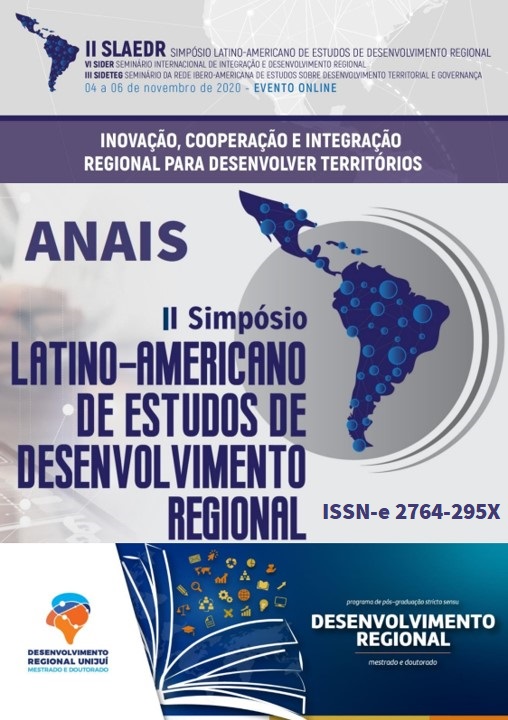A PRODUÇÃO DE LEITE NA AGRICULTURA FAMILIAR NO OESTE DE SANTA CATARINA: TRAJETÓRIAS TECNOLÓGICAS E MERCADOS EM DISPUTA
Palavras-chave:
Agricultura familiar, Atividade leiteira, Mercados agroalimentares, Exclusão social, Desenvolvimento regionalResumo
A produção leiteira pode ser considerada como a principal atividade socioeconômica do meio rural da região oeste de Santa Catarina, que concentra cerca de 79% da produção de leite do estado. Nesta região, em especial a partir dos anos de 1990, a atividade leiteira tornou-se a principal alternativa de inclusão aos mercados de milhares de famílias excluídas da produção de outras atividades agropecuárias, especialmente da suinocultura. Nas últimas décadas houve expansão gradativa da atividade, sem concentrar excessivamente a produção, e sem exclusão significativa de famílias do mercado de leite fluído. Mais recentemente há sinais de mudanças nesse quadro. Em especial com a expansão na região da produção de leite em sistemas em confinamento. Este texto analisa dados de pesquisa em andamento, cujo objetivo é determinar e analisar quais são os impactos gerados pelas transformações tecnológicas e pelo aumento de escala na atividade leiteira na agricultura familiar do oeste de Santa Catarina. Os procedimentos metodológicos abrangem pesquisa bibliográfica, tabulação e análises dos censos agropecuários e a realização de entrevistas semiestruturadas com diretores e técnicos de laticínios e cooperativas, técnicos da extensão rural pública, representantes dos sindicatos e federações de agricultores, representantes de ONGs e agricultores familiares produtores de leite. Conclui-se que dentre as principais razões que levam agricultores familiares adotar os sistemas confinados de leite estão a topografia acidentada da região, a necessidade de aumento de escala de produção devido à especialização econômica e questões ligadas à sucessão profissional.



